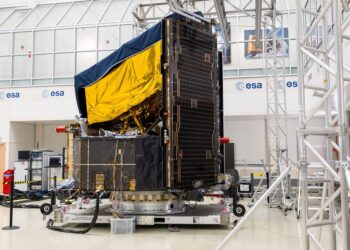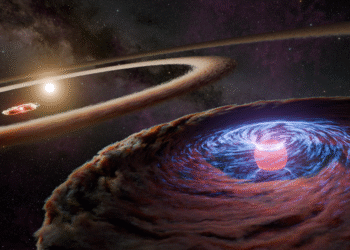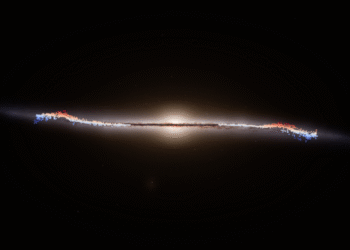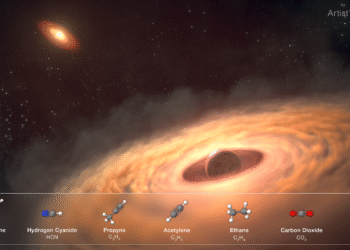The James Webb Space Telescope has potentially uncovered a new planet orbiting Alpha Centauri A, which is one of the nearest stars to our solar system. Astronomers have been particularly focused on this region due to its proximity and similar sun-like characteristics, making it an ideal subject for studying planetary formation and habitability.
The discovery, if confirmed, could redefine our understanding of nearby star systems and the occurrence of Earth-like planets around them. The observations were carried out using Webb’s extraordinary capability to capture minute changes in light, indicative of a planet’s presence. This method leverages the transit technique, where a planet passes in front of its host star from our vantage point, causing a subtle dip in brightness.
While further verification is needed to conclusively identify the planetary body, preliminary data is promising. Scientists are optimistic about future studies, which will involve in-depth analysis and additional observation periods, potentially using both Webb and other ground-based telescopes.
Key features identified so far from the data suggest the planet could belong to a class of terrestrial or similarly sized exoplanets; however, the specific composition and atmosphere remain topics for future investigation. With continuous advancements in technology, researchers are hopeful about not only confirming this discovery but also finding more celestial bodies in this region.
This breakthrough underscores the importance of the James Webb Space Telescope in advancing our knowledge of the cosmos and exploring life-sustaining opportunities beyond Earth. Its powerful instrumentation enables precise observations, opening new frontiers in understanding our cosmic neighborhood.
For further details, visit the official article.






















